In the mid-1970s, the Swiss watch industry was in crisis. The rise of quartz technology had upended centuries of mechanical craftsmanship, forcing many long-established brands to close their doors. It was in this uncertain moment that a man named Raymond Weil, guided by passion rather than profit, founded his own company in Geneva in 1976.

His aim was simple yet defiant: to preserve Swiss horological artistry while embracing modern tastes. Nearly fifty years later, Raymond Weil remains one of the few independent, family-owned Swiss watchmakers — a brand built on creativity, heritage, and the refusal to conform.
Raymond Weil had already spent decades in the watch industry before striking out on his own. At a time when many Swiss houses were being absorbed by larger groups or turning to mass-produced quartz models, Weil chose independence. He began developing mechanical watches from a small workshop in Geneva, guided by a belief that craftsmanship and beauty could still thrive in a world obsessed with precision and technology.
His early models — elegant, classically designed and impeccably finished — quickly earned the attention of collectors and jewellers alike. The brand’s early success proved that there was still an audience for authentic Swiss watchmaking, rooted in artistry and tradition.
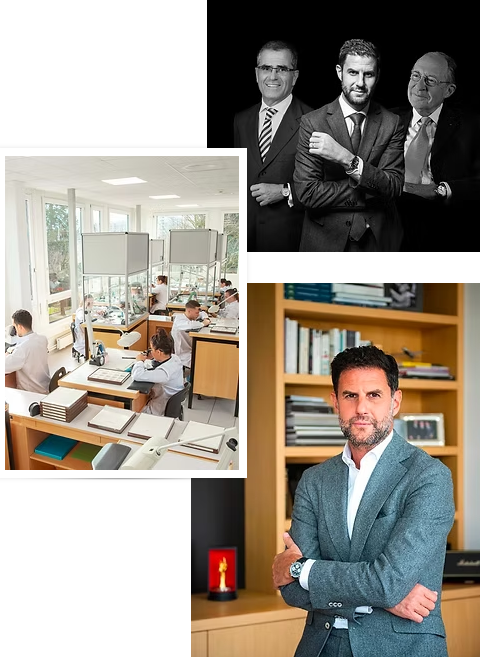
What began as one man’s vision evolved into a genuine family enterprise. In 1982, Raymond Weil’s son-in-law, Olivier Bernheim, joined the company, later becoming President and CEO in 1996. Under his leadership, the brand expanded internationally while preserving its founding values.
The third generation of the family — Elie and Pierre Bernheim — entered the business in the 2000s, bringing fresh ideas and a renewed focus on innovation. In 2014, Elie Bernheim became CEO, ensuring that Raymond Weil remains a true family maison in an industry dominated by global conglomerates.
This continuity of leadership is rare in modern watchmaking. It means that decisions are made not by distant shareholders, but by people who have inherited both the company and its values. Independence is more than a slogan — it’s a way of working.
Raymond Weil’s connection with the arts — particularly music — is one of its defining characteristics. From the start, the brand drew inspiration from musical harmony, rhythm and emotion. This influence runs through its collection names: Amadeus, Toccata, Maestro, and Tango, among others.
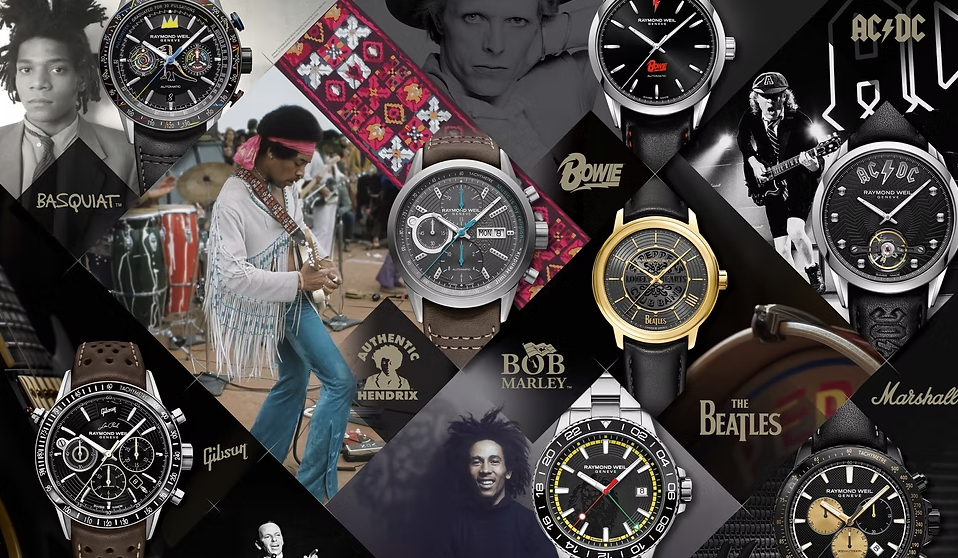
In 1983, the Amadeus collection launched alongside the Academy Award-winning film of the same name, marking the first in a long line of artistic collaborations. Over the years, Raymond Weil has partnered with orchestras, musicians, and charities supporting young artists — reinforcing its identity as the “watchmaker of the arts”.
The brand’s official motto, “Independence is a state of mind,” captures this ethos perfectly. Raymond Weil’s watches don’t just tell time — they celebrate creativity.
Across the decades, Raymond Weil has produced a series of collections that blend elegance with technical achievement.
Parsifal (1991): An instant classic, known for its refined design, integrated bracelet, and Roman numeral dial. It remains one of the maison’s most recognisable lines.

Tango and Tradition: Introduced in the 1990s, these brought understated luxury to everyday wear.
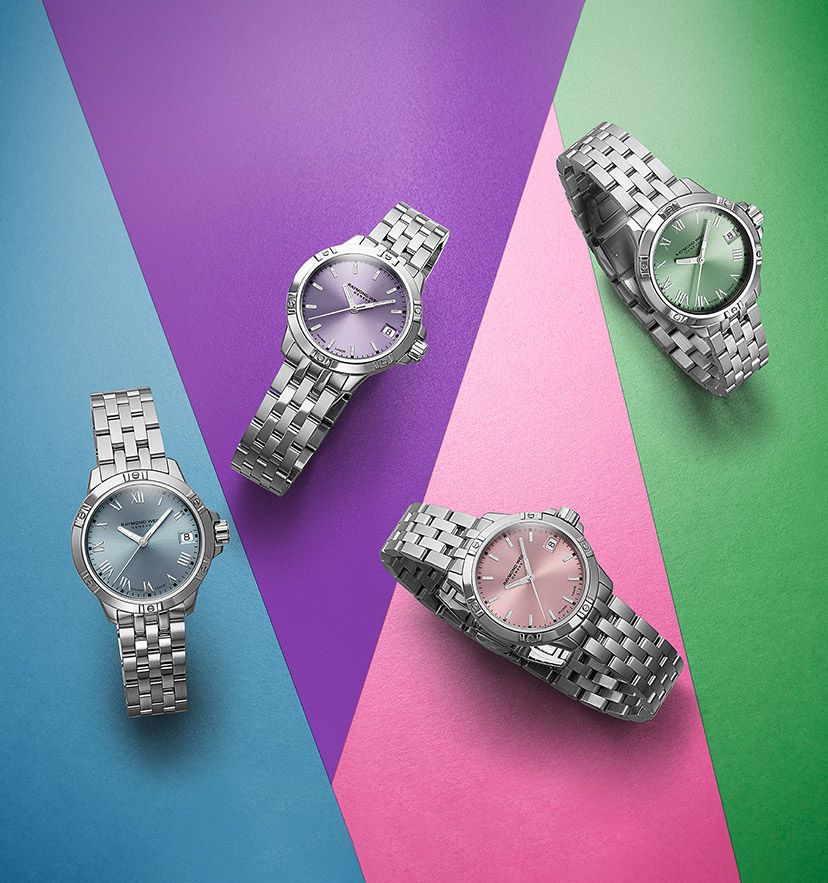
Freelancer (2007): A contemporary collection combining mechanical precision with modern styling — a nod to the brand’s independent spirit.
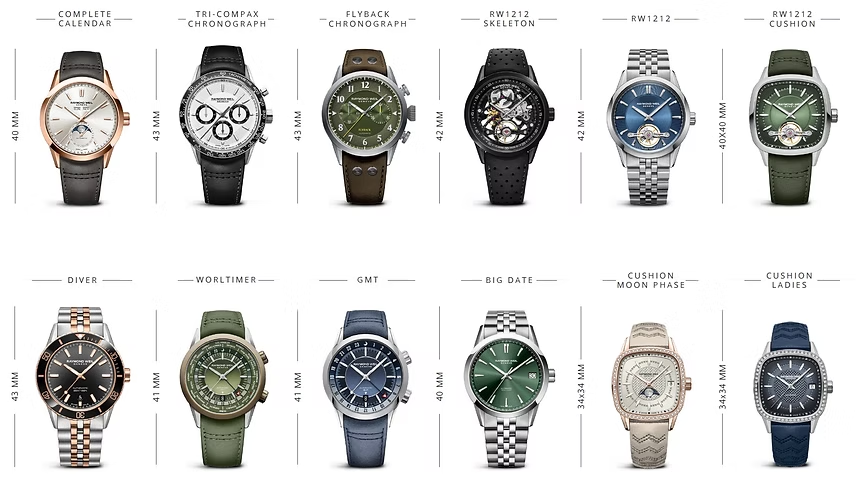
Maestro: Showcasing automatic movements and refined complications, often with visible balance wheels.
Milliesime: Named after the French term for "vintage wine," the line features distinctive sector dials with varying textures, slender cases, and box-shaped sapphire crystals.
A Landmark Achievement for RAYMOND WEIL: In 2023, RAYMOND WEIL was honored with the most prestigious accolade in the watchmaking world — the Grand Prix d’Horlogerie de Genève (GPHG), often referred to as the «Oscars of Watchmaking.»
Their Millesime automatic small seconds timepiece was awarded the GPHG 2023 Challenge Prize, celebrating the finest watch — a powerful endorsement of Raymond Weil's mission to deliver exceptional Swiss craftsmanship at an accessible price.
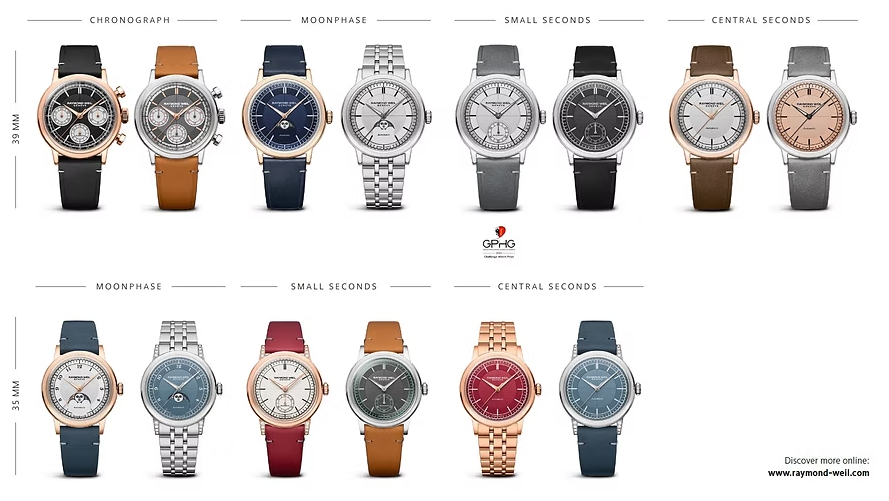
Toccata: The name Toccata evokes the grace and precision of classical music — a composition demanding both technical skill and emotion. From the Italian toccare, meaning “to touch,” it captures the same artistry found in fine watchmaking. At RAYMOND WEIL, a Maison inspired by music, the Toccata collection embodies this harmony of rhythm, balance, and feeling. Each curve and component beats like a musical score — structured with precision, performed with soul.

In 2017, the company achieved a milestone with the introduction of its own in-house movement, the Calibre RW1212 — developed in collaboration with Sellita. Visible through the dial aperture, the movement symbolises Raymond Weil’s transition from assembler to genuine manufacturer.
Raymond Weil’s designs often balance classic proportions with subtle modernity. Cases are typically slim, with smooth contours and elegant dials, while materials range from stainless steel to two-tone and precious finishes.

Unlike many luxury brands, Raymond Weil doesn’t chase extremes in pricing or design. Instead, it offers accessible Swiss luxury — watches that appeal to those who appreciate refinement without ostentation. This measured philosophy has kept the brand relevant for nearly five decades, earning respect among collectors who value authenticity over hype.
In a landscape dominated by large corporate groups such as Swatch and Richemont, Raymond Weil’s independence is both rare and refreshing. Its heritage lies not only in years of production, but in its consistent refusal to compromise on identity.
The brand’s headquarters remain in Geneva, where its design and assembly are still carried out under family supervision. Each timepiece bears the Swiss Made hallmark, symbolising precision, durability and artistry — principles that have guided the company since 1976.
Raymond Weil’s heritage also lies in its human touch: the idea that a watch should reflect passion, not just engineering. In a world of smartwatches and disposability, that sentiment is quietly radical.
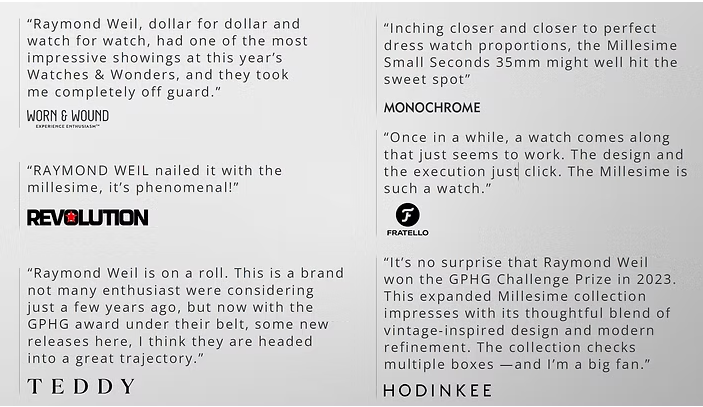
To many watch enthusiasts, heritage isn’t just about age — it’s about continuity of values. Raymond Weil’s story proves that a relatively young brand can still embody true Swiss tradition through independence, family stewardship, and artistic devotion.
For anyone considering a Raymond Weil today, you’re not merely purchasing a watch; you’re wearing a piece of Swiss resilience — a reminder that elegance and integrity never go out of fashion.
In a market where heritage often means clinging to the past, Raymond Weil shows that legacy can also mean staying true to oneself. Nearly fifty years on, the brand continues to compose its own melody — one that resonates with anyone who values artistry, family, and the quiet confidence of Swiss watchmaking.